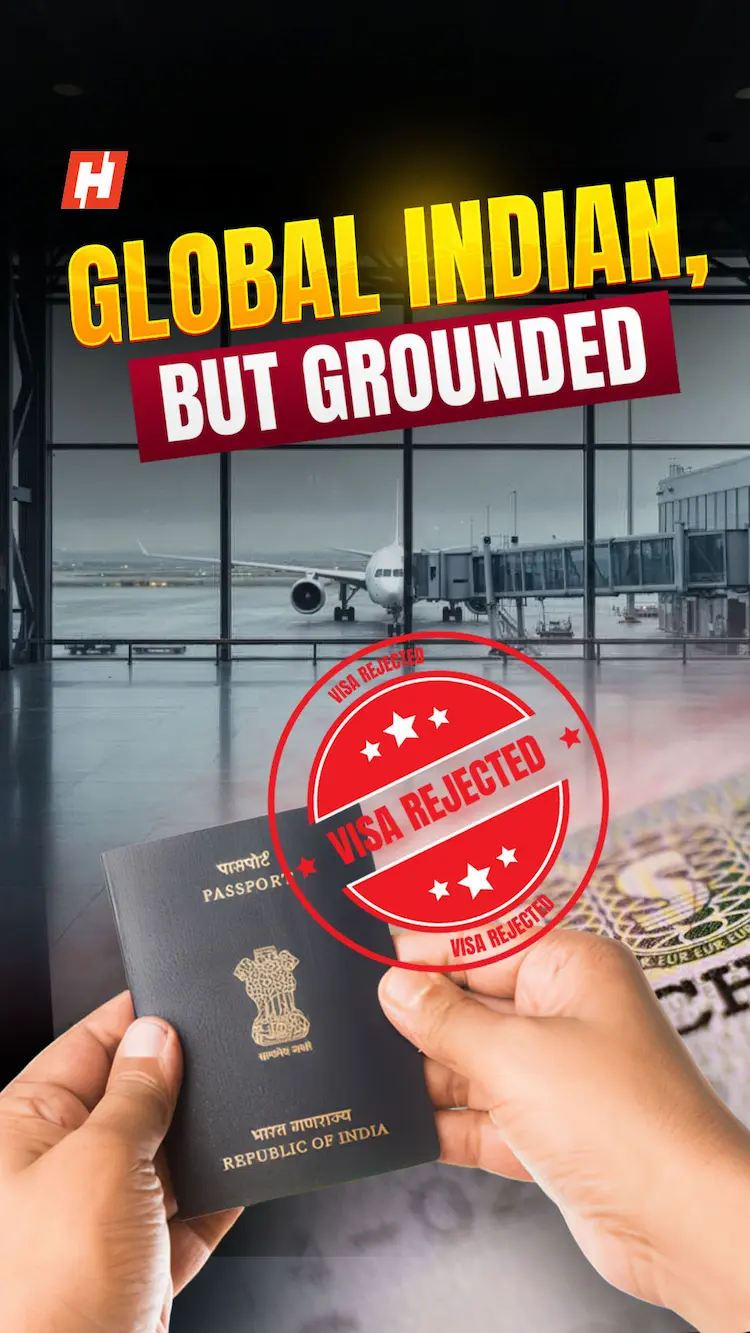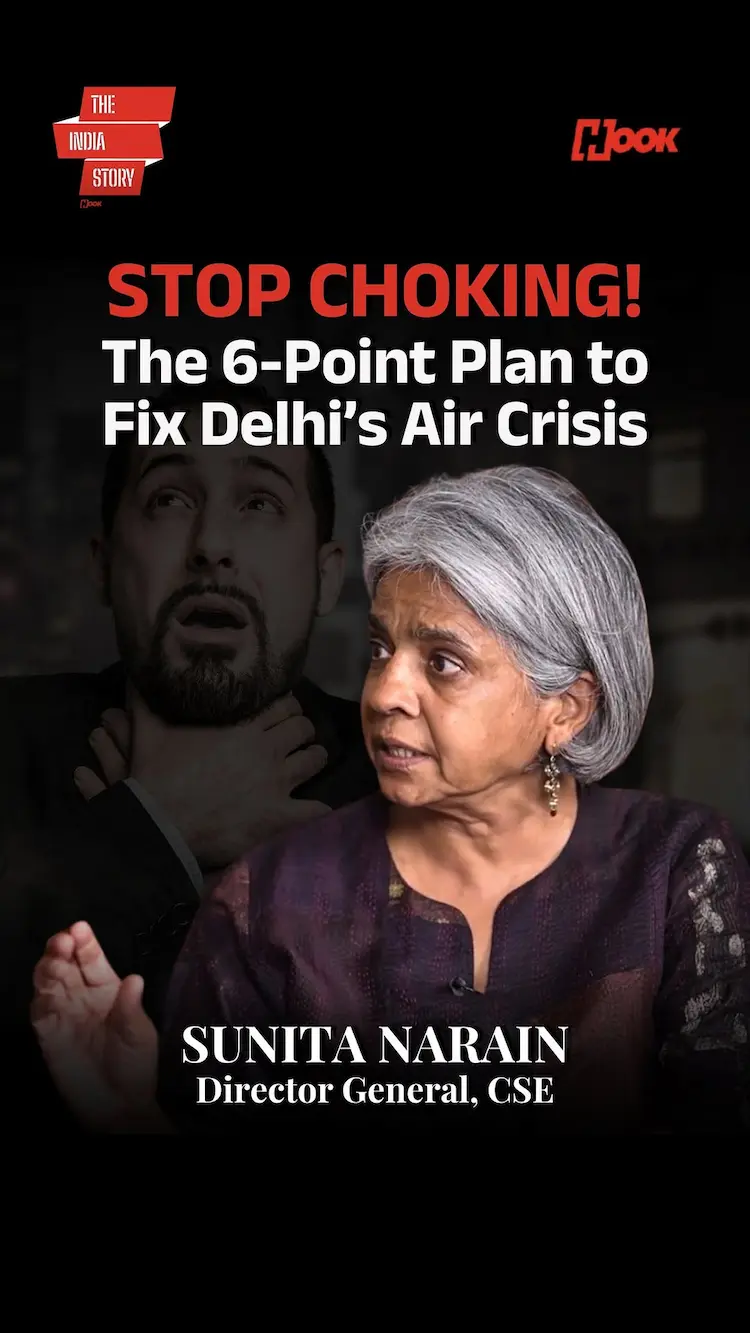Why Marathi vs non-Marathi is back in Maharashtra politics
Most of you have probably seen the viral video doing the rounds, someone getting harassed for not speaking Marathi. But here’s the thing: This isn’t a one-off. And it’s definitely not new. For the last few months, Maharashtra has witnessed numerous such attacks. Most of them have been driven by the cadre of the Maharashtra Navnirman Sena, led by Raj Thackeray.
MNS & the language politics
The nephew of Shiv Sena founder Bal Thackeray, Raj parted ways with his uncle in 2006 and has since been pushed to the fringes of Maharashtra’s politics. Over the years, he has latched on to several issues to revive his flailing party, but with little success. Earlier this year, his cadre launched yet another language agitation in the state. They went about confronting—often violently—individuals who did not speak Marathi or use it as the official medium of communication. However, Raj Thackeray withdrew that agitation in April, following a warning from Chief Minister Devendra Fadnavis.
The three-language policy row
The latest assault on a non-Marathi speaker by MNS workers came on the very day the Maharashtra government withdrew its orders on implementing the three-language policy in the state. The Raj Thackeray-led party had been at the forefront of the campaign against the implementation of the three-language policy in Maharashtra schools.
That’s about the MNS and what’s happening today. But this isn’t the first time language has been at the centre of political discourse in Maharashtra.
The creation of Maharashtra
In fact, the state’s very birth was the result of a protracted struggle—the Samyukta Maharashtra Movement—which advocated for a separate Marathi-speaking state in the late 1950s. The movement achieved its goal when the state of Maharashtra was created as a Marathi linguistic state on 1 May 1960.
Yashwantrao Chavan, who became the first Chief Minister of the state, shared his vision for the development of Marathi and established several institutions for the cause. In 1965, the state also passed the Maharashtra Official Languages Act, 1964.However, some analysts say these steps did not yield significant results due to a lack of sustained political commitment.
The rise of Bal Thackeray
This was also a time when Bombay was undergoing a transformation. Many migrants, especially from the southern states, had made the city their home. They also came to dominate parts of the city’s workforce, which led to disaffection among Marathi youth.Bal Thackeray, then a cartoonist, formed the Shiv Sena, playing the Marathi nativist card. He promised to promote the interests of the 'sons of the soil'—Maharashtrian youth.
Also See: When faith meets diplomacy: Kailash Mansarovar Yatra returns after 5 years
While Shiv Sena found initial political success through this issue, it soon drifted away due to its national ambitions. Also, according to some experts, it never really spelled out a pointed agenda for the promotion of Marathi or the Marathi Manoos.
Nephew picks up the same playbook
These causes once again came to the fore post-2006, after Bal Thackeray’s nephew Raj Thackeray parted ways with him. During the early years of the MNS, Raj made several speeches voicing his anti-North Indian stance—now the dominant migrant group in Maharashtra’s capital.Over the next few years, his party workers were embroiled in several violent attacks on non-Marathi speakers, particularly Hindi-speaking people, across the state. Though they gained notoriety, it slowly fizzled out, as the MNS could not succeed politically and was pushed to the margins by the electorate.
It feels like déjà vu!
Now, as life comes full circle for the party, with yet another attempt to return to political prominence by reviving the Marathi versus non-Marathi agenda, it will be interesting to see whether this move helps the party this time.









